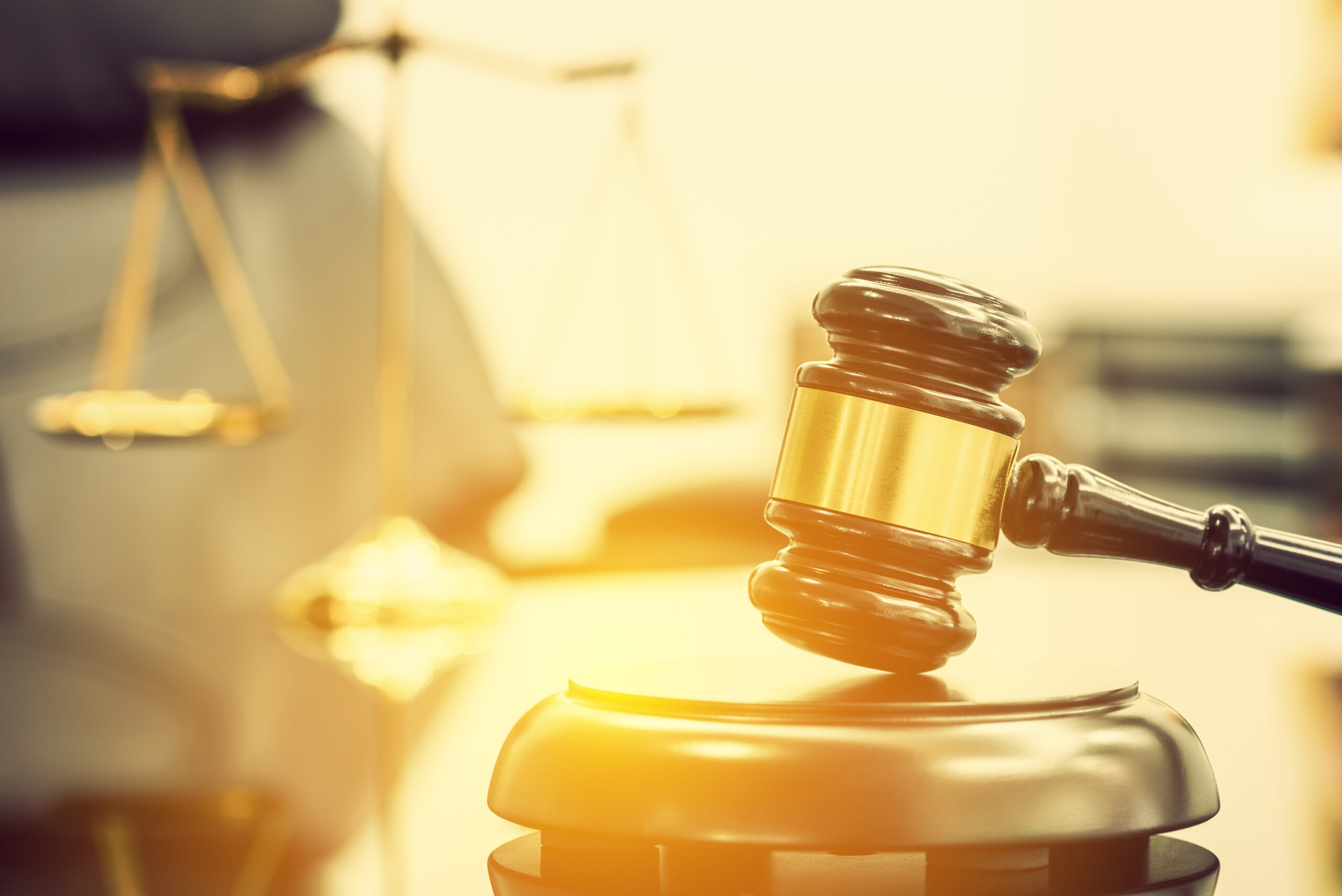Websites are subject to liability the same as businesses and companies through various acts, terms, users, and injuries. There are many website creators that are sued based on the content and lack of content within the pages.
Certain conditions and information should be present, but when it is not visible or considered hidden, the creator or provider may find himself or herself in a legal battle. This means that it is important to protect the website and the person that owns it from liability. There are a number of ways to do this, but it is best to ensure a lawyer is available for any possible litigious complications that arise.
Every website that provides some sort of content that FIND MORE LEGAL ARTICLESSEARCHcould cause complications should come with a website disclaimer. This means that any website that has data, statistics, steps or similar matters should come with a disclaimer so that any users that read the involved content do not try or accept these matters which could lead to injury or problems for the users. Issues often arise when someone reads how to assemble an item, but in the process he or she harms his or her body.
These activities could lead to a lawsuit if the wounds are severe and require extensive medical care. Disclaimers are frequently affected by errors, missing data, viruses, third-party urls or similar concerns. However, the disclaimer could be overpopulated, have too much said, place too much upon the disclaimer and may lead to legal difficulties. Before relying upon these items, it is best to contact a lawyer to determine if the disclaimer is enough but not too much in averting possible disaster.
Privacy Policy
Many websites have privacy policies that are clearly defined with certain conditions or information attached. In many instances of this, they are either on the initial site page, or they are boxes that must be clicked with an ok or exit. The company that has created the content must post an easily viewed privacy policy that explains the security and stand on certain information that is associated with that is collected and used by the organization from users that access the site. This means that when someone goes to a page online, he or she accesses certain areas of the website, and the owners collect the data he or she supplies through moving through pages or when typing information into the fields supplied.
Intellectual Property
When online, there are vast sources of information that are considered intellectual property. These may be pictures, video, words, processes or the content on a website. It is important that those accessing the data are aware that copying and using these items may infringe upon the rights of the owner of the website. The intellectual property protections usually are visible on the site or with the content so that users understand what may be under the direct domain of the owner, company or creator of the information. However, it may be possible that the page creator may use software to keep others from copying or distributing the intellectual property within pages.
Coordination in the Company
Litigation is possible when a company is not able to coordinate and keep problems from arising. This means that communication should be utilized as best possible so that each key worker is aware of an issue, a solution and the action needed to keep a lawsuit far away from the business. This usually translates to activity and certain aspects applied to the website. If someone has copied data, images or video and posted these elsewhere, it may lead to possible problems for the company. This requires action on the part of the organization and a remedy to the posted material. Officers, directors, supervisors and managers that become aware of an event that may lead to litigation could be personally held responsible if they do not complete appropriate response to the threat. When the content on a website is involved or the website itself needs additional protections, these should be handled immediately to reduce or eliminate the risk of liability.
Policies and Legal Protection
Outside of the website and within the company, there must be detailed policies and procedures already in place for the possibility of a problem arising. The best way to do this is to ensure a plan of action has already been conceived and ready to be implemented immediately. One of these routes could be to have a business lawyer on hand to deal with infringements of intellectual property or to seek a remedy for violations of terms and conditions.
Provided by HG.org







